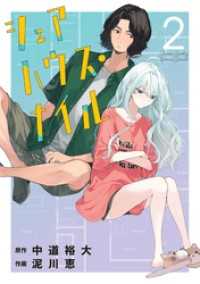- ホーム
- > 洋書
- > ドイツ書
- > Humanities, Arts & Music
- > Religion & Theology
- > judaism
Description
(Short description)
Khirbet Qumran and Ain-Feshkha III A:For 60 years Qumran research has been focused on epigraphy, exegesis, and the historical sources of the Dead Sea Scrolls. Now the time has come to provide researchers with a complete documentation.
Following the Coins from the Excavations at Khirbet Qumran (1951-1956) and Aïn Feshkha (1956-1958):The Qumran coins are worthy of a novel. Now they are finally published and provide the possibility to suggest that Qumran was a very open centre for trade and transactions, at least from finally the end of the second century BC until the destruction of the site in 70/72 CE.This documentation provides a new reasoning on effective data - not on assumptions.
Volume Qumran III A now in English language and a new release!
Everyone has written about the Qumran coins without having seen them. Finally: here they are!
(Text)
Khirbet Qumran and Ain-Feshkha III A:For 60 years Qumran research has been focused on epigraphy, exegesis, and the historical sources of the Dead Sea Scrolls. Now the time has come to provide researchers with a complete documentation.
Following the Coins from the Excavations at Khirbet Qumran (1951-1956) and Aïn Feshkha (1956-1958):The Qumran coins are worthy of a novel. Now they are finally published and provide the possibility to suggest that Qumran was a very open centre for trade and transactions, at least from finally the end of the second century BC until the destruction of the site in 70/72 CE.This documentation provides a new reasoning on effective data - not on assumptions.
(Author portrait)
Bruno Callegher is Full Professor on Numismatic and Monetary History at the University of Trieste.Jean-Baptiste Humbert is Director of the Archeological Laboratory of the Ecole Biblique in Jerusalem.
Martin Ebner ist Professor em. für die Exegese des Neuen Testaments an der Rheinischen Friedrich-Wilhelms-Universität Bonn.








